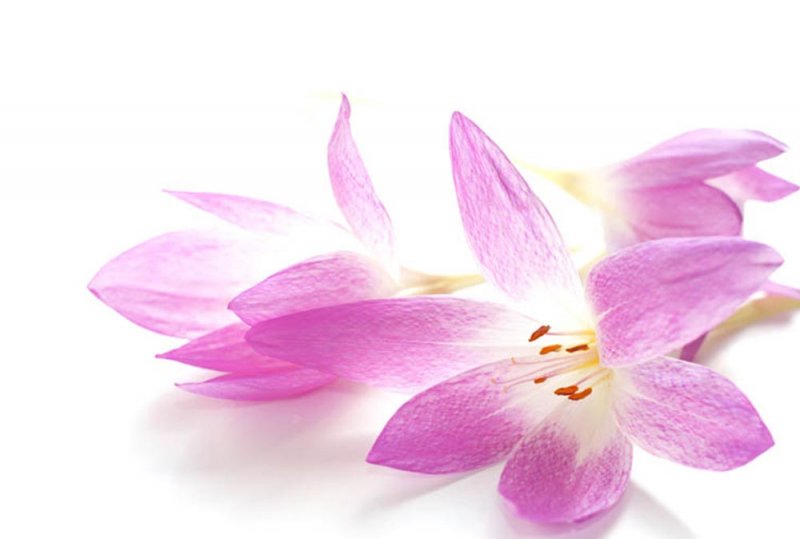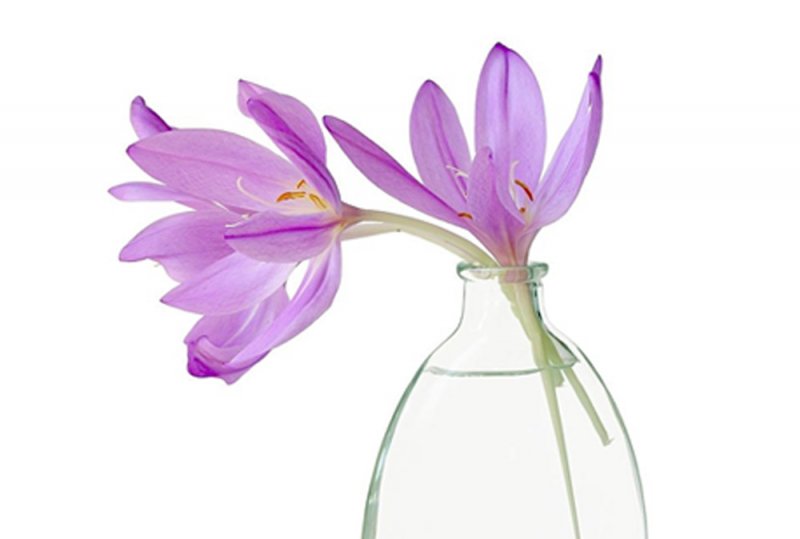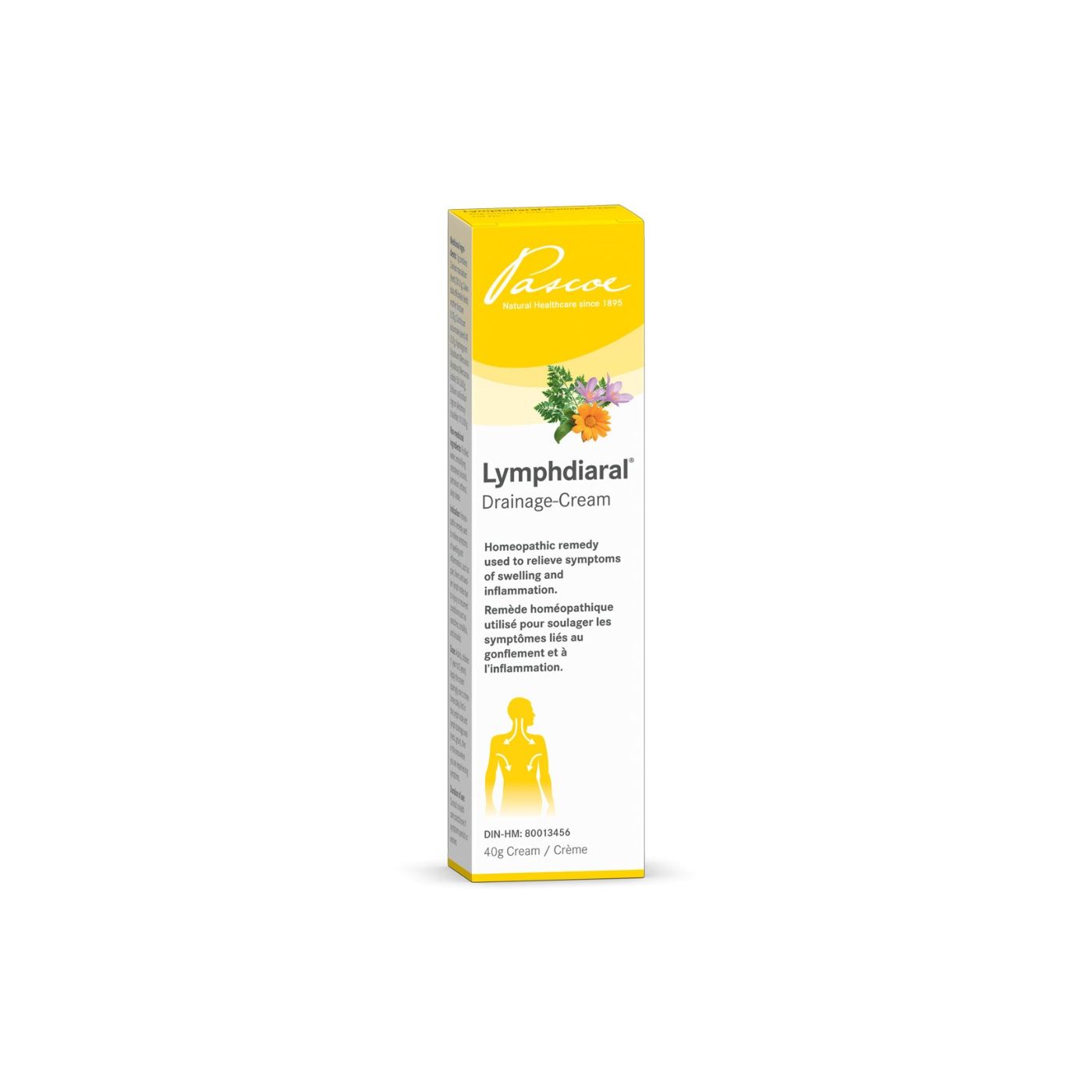Thyme


Colchicum Autumnale
Colchicum autumnale, also known as autumn crocus, is one of the oldest natural medicines still in use today. The autumn-blooming flower is probably best known as a remedy in gout and rheumatism.
All parts of the plant contain an alkaloid called colchicine which makes them poisonous. However, colchicine is not only toxic but can effectively reduce inflammation in the body. That is why this active substance has been used for centuries.
Way back in ancient Egypt it was used as a treatment for pain and swelling. Since the 6th century, extracts of the plant’s bulb-like corms have been used to treat gout and rheumatoid arthritis.
Colchicum autumnale use waned over time, likely because of the gastrointestinal side effects that some preparations caused. It was rediscovered in1763 as a remedy for dropsy disease, nowadays called edema.
Autumn crocuses are native to Europe and parts of Africa. It is thought that Benjamin Franklin brought the plants to North America as he suffered from gout himself.
Today, C. autumnale and its compound colchicine are widely used for acute gout flares and familial Mediterranean fever.
Due to the toxicity of colchicine, Colchicum can only be used in very small amounts. Therefore, it is often prepared as a homeopathic. The dilution is what makes Colchicum autumnale’s homeopathy use safe.
Origin and types
The Colchicum genus belongs to the family known as Colchicaceae. Plants of this family typically contain colchicine. There are about 45 Colchicum species with the autumn crocus being the best known.
Colchicum autumnale or autumn crocus is native to Europe and North Africa. It can be easily grown in gardens and has also been naturalized in some parts of the US and Canada.
The plant’s common name “meadow saffron'' is misleading as the autumn crocus is toxic and not a source of saffron. It also does not belong to the true crocuses even though it resembles them.
The other common name “naked ladies” refers to the fact that the flowers bloom after the leaves have died down.
C. autumnale is used to extract colchicine. It is derived from the bulb-like corms of the plant.
What does the plant look like?
Autumn crocus is a perennial herb that grows from a corm, a swollen stem base. In spring, dark green leaves start to grow from each corm. The seed capsule can be seen inside the bunch of leaves.
In early summer, the foliage turns yellow. It dies by summer when the plants take a rest and go dormant.
In fall, the corms become active again. Long goblet shaped flowers appear above ground. They are lilac-pink to white and have no visible flower stem.
The solitary flowers resemble that of a spring crocus. However, they each have 6 orange stamens at their centre unlike crocus flowers that only have 3.
All parts of the plant are poisonous, but the corms and seeds are having the highest colchicine concentrations. Accidental colchicine poisoning with autumn crocus is rare but has been reported after people mistook it for wild garlic.


Where does the name come from?
Some sources believe that the genus name Colchicum is derived from a place in Greek mythology. Others think that it is named after the Colchis region on the Black Sea coast where the flowers grow in abundance.
Autumnale is Latin and refers to autumn, the season when the plant flowers.
Colchicum autumnale as a medicinal plant
The medicinal value of the autumn crocus and colchicine is closely linked to their toxicity. They have a broad anti-inflammatory effect but a narrow therapeutic window. All parts of the plant are poisonous, therefore correct use is extremely important.
Historically, C. autumnale was used for gout and other rheumatic conditions. Nowadays, the most prescribed treatment for a gout attack is an anti-inflammatory painkiller. However, colchicine is an important alternative for gout patients who cannot take anti-inflammatory painkillers.
Over the past decades, colchicine has also been approved in many countries for other inflammatory disorders. These include Behçet’s syndrome and familial Mediterranean fever.
More recent studies suggest that colchicine is effective for both acute and recurrent pericarditis, an inflammation of the tissue surrounding the heart. It also might reduce the risk of cardiovascular events in patients with coronary artery disease CAD.
Colchicine not only helps with inflammations but has also shown antifibrotic effects. It helps prevent tissue from becoming thicker or scarred after injury or damage. This has spurred investigations of colchicine for the treatment of COVID-19. Still, more research is needed.
Medicinal Properties of Colchicum
Colchicine is the main active substance of the plant and has a broad anti-inflammatory activity. It also acts as a pain reliever in gout.
By suppressing cell division, it has anticancer effects. However, it is currently not used to treat cancer due to toxicity.
How and what is it used for
- gout flares - especially with tearing pains in joints that are worse in damp weather or with motion
- rheumatism or rheumatic complaints
- edema
- Behçet’s syndrome
- familial Mediterranean fever
- cardiac diseases such as pericarditis and CAD
- certain cutaneous diseases such as psoriasis
- applied topically to prevent epidural fibrosis
How does it work?
Colchicine is generally known as an agent that stops cells in the body from dividing. However, the mechanism of action of colchicine involves multiple pathways. It is not completely understood yet.
When used for gout, it seems to hinder a certain type of white blood cells to travel into the inflamed areas. It also reduces the body’s response to the uric acid crystals in the affected joint. Taken together, this results in less swelling and pain.
Colchicine also seems to suppress multiple inflammation promoting pathways, including inflammasome activity and cytokine production.
Many of these cellular processes can be found in other diseases involving chronic inflammation. Therefore, the therapeutic use of colchicine has been extended beyond gout.


What makes Colchicum autumnale different?
While Colchicum autumnale is extremely toxic, it is a safe homeopathic remedy that can help with inflammation.
Cautions and drug interactions
All parts of the autumn crocus are extremely toxic and should not be harvested or ingested.
Due to the toxic potential of the plant, Colchicum preparations or colchicine should not be used during pregnancy or breast feeding. Colchicine should also not be used in people with severe kidney or liver impairment.
The most common adverse effect of colchicine is diarrhea. Avoid using C. autumnale together with colchicine as this will increase adverse effects.
Remember that it is always a good idea to get medical advice before using a new health product.
Pascoe products that contain Colchicum:
Disclaimer
Pascoe Canada does not offer health or medical advice as we are not a healthcare practitioner. Please speak with your healthcare practitioner before beginning any program related to nutrition, diet, exercise, fitness, medical, and/or wellness. All content published by Pascoe Canada is developed through collaborating with licensed medical professionals and contributors. This includes text, graphics, images, and other material on the website, newsletter, and products (“Content”). This content is for informational purposes only and does not constitute medical advice. The content does not substitute professional medical advice, diagnosis, or treatment. Please always do your own research on whether this is for you along with your healthcare practitioner advice. Always consult your healthcare practitioner prior to use specific herbs because you might have underlined conditions needs professional care. The content is general in nature and are subject to change. It is not intended to cover all possible uses, directions, precautions, warnings, drug interactions, allergic reactions, or adverse effects.


